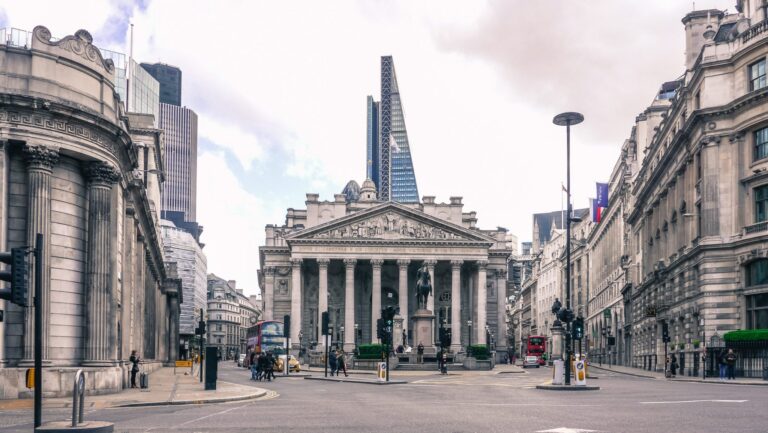In the north-west, north-east and Yorkshire and the Humber, house price growth is at a 10-year high. On a city level, Liverpool leads the way with the strongest rise in house prices.
In recent months, the property market has continued to perform strongly. With increasing demand, the average price in the UK has reached £223,700, according to Zoopla. This equates to a 4.3% rise year-on-year, which is the highest increase since April 2017.
Certain parts of the UK are seeing especially strong demand and house price growth. Momentum is predominately coming from the north of England, where property is more affordable. Homebuyers and property investors can typically get more for their money in these areas.
Regions seeing the strongest house price growth
The latest index from Zoopla reveals the north-west and Wales are home to the largest annual percentage increase in house prices with both regions seeing a 5.4% rise year-on-year. Yorkshire and the Humber follows closely behind with a 5.3% increase. The East Midlands is in fourth with prices rising by 4.6%. And the West Midlands and Northern Ireland are tied for fifth with a 4.4% increase.
Richard Donnell, research and insight director at Zoopla, says: “Rising demand and a lack of new homes coming to the market for sale will keep an upward pressure on house prices in the near term, especially in the more affordable parts of the UK.”
House price growth in the north-east, north-west and Yorkshire and the Humber are even at the highest rates since before the global financial crisis from a decade ago. This further illustrates the level of demand and growth these regions are seeing.
Cities where prices are rising the most
Looking at average house prices in cities across the UK, cities in the north and Midlands lead the way. Liverpool has seen the highest house price growth in the past year with a 6.3% increase. This is the highest growth rate the city has seen for 15 years. Liverpool is also home to the second lowest average property price on the list of 20 cities with £127,200.
Manchester is home to the second strongest house price rise with a 6% increase year-on-year. This is back to levels of inflation from two years ago. Then, Nottingham and Leeds are tied for third with an average house price growth of 5.8%.
Additionally, within the top half of Zoopla’s 20-city index seeing the strongest house price growth, nine of the cities are home to average property prices below the national average. And only two out of those top 10 cities have average house prices that top £200,000.
Buyer demand remains high as supply is low
At the end of 2020, the property market didn’t face the traditional seasonal slowdown typically seen at the end of each year. HMRC recently released data showing residential property transactions totalled 129,400 during December. This is 13.1% higher than November figures and 31.5% higher than in December 2019.
This high volume of transactions has continued into 2021 as many buyers and investors are trying to complete their purchases before the stamp duty holiday deadline at the end of March. However, the government is debating whether to extend this or not on Monday 1st February.
Currently, the third country-wide lockdown is leading to an imbalance in supply and demand. Sellers are more reluctant to list their properties while restrictions are in place. However, buyer demand is continuing to gather pace.
Additionally, in the second half of 2020, the strong demand absorbed a lot of supply in the UK property market. The start to 2021 has even seen 7% fewer homes for sale compared to a year ago, according to Zoopla.
This lack of homes for sale on the market is putting upward pressure on house price growth as demand continues at strong levels. In the coming months, house prices are expected to rise further, especially in the north of England.










